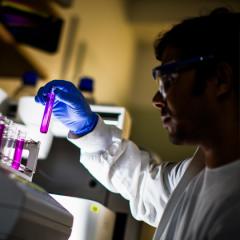“It was a Sunday afternoon. My phone was ringing, I picked it up.
“The voice said, "It's Rebecca. I'm just calling to invite you to my funeral.'
“I said, ‘Rebecca, what are you talking about?’
“She said, "Joy, as my friend, you have to let me go. It's my time.'
“The next day, she was dead."
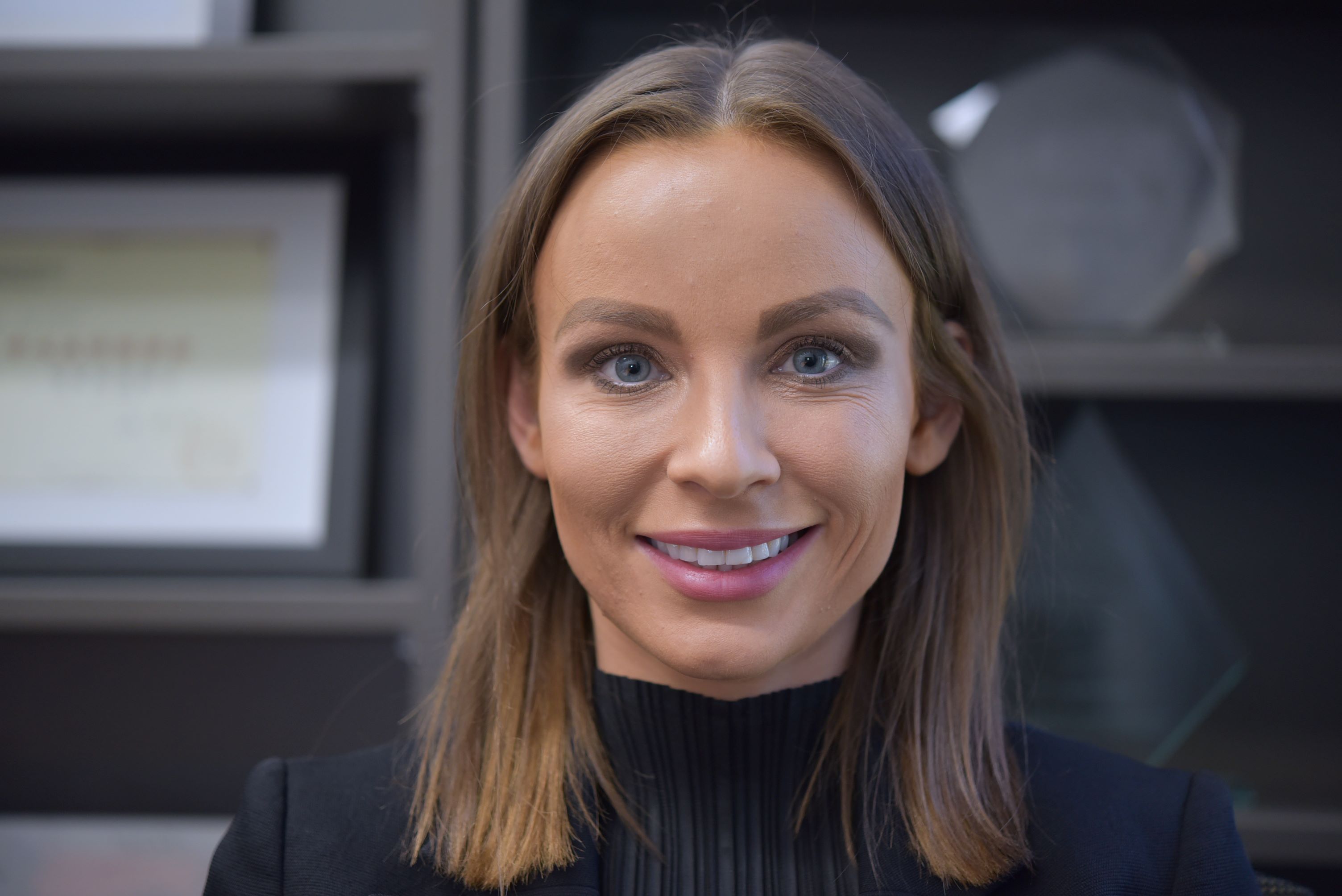
It was with these words, delivered on stage at TEDx Jacksonville, that Associate Professor Joy Wolfram unveiled the core of her research: finding a better way to deliver drugs so we can save more lives.
Because, as Joy points out, when it comes to certain types of aggressive cancers, what we have done so far has not worked.
“Rebecca was 31 years old when she died.
"She had an eight-year struggle with breast cancer. It came back three times.
"I failed her. The scientific community failed her. And the medical community failed her.
"And she's not the only one.
“Every five seconds, someone dies of cancer. Today, we medical researchers are committed to having Rebecca and people like her be one of the last patients that we fail.”

Joy's mission is to essentially reshape what we know about the medical landscape.
Stay on top of our industry news and developments, events and opportunities, by joining The NetworkJoin The Network
Specifically, Joy’s research group blends nanotechnology with cell therapy to develop innovative approaches for the next generation of treatments and diagnostics to arrive directly to the clinic.
"The scientific and medical communities have made a lot of progress, but there is still so much left to do in certain types of cancer,” Joy said.
“We have been taking the same approach for 70+ years in terms of chemical medicines or small molecules.
“It is time to look at existing medical problems, such as aggressive cancers, in completely different ways.
“For me, that is where nanotechnology comes in.”
Joy Wolfram’s work has so far appeared in more than 80 journal publications and has received more than 30 awards from eight countries, including the 2016 Amgen Scholars Ten to Watch List (best and brightest up-and-comers in science and medicine across 42 countries), the 2019 Forbes 30 under 30 list in Health Care in the United States/Canada, the 2019 shortlist for the Nature Research Award for Inspiring Science (one of ten worldwide), and the 2021 Finnish Expat of the Year.
Read on to learn about Joy Wolfram’s multidisciplinary team, and how she is positioning Australia as a global leader in extracellular vesicle medicine.
-
Joy you’ve packed a lot into your career. What drew you to this area of science?
Well, at the most basic level I always wanted to help patients. A lot of the diseases I saw growing up involved cancer - even my friends dying from cancer.
So, that has been my focus. While we have made a lot of progress, for some aggressive types of cancer, there has not been much progress at all.
I spoke about it in my TED talk - the United States government alone has spent over $US100 billion on cancer research since the 1970s, with limited progress in regards to patient survival for certain types of aggressive cancers. We need a change because, clearly, what we have been doing so far has not been working for all cancer types.
Where do we keep going wrong when it comes to cancer?
Here is the analogy I use. Things like cancer, or even cardiovascular or kidney disease, which we also work on, are like big fires. And what we do is to send out drugs and medicine, which are the firefighters. But we're sending the firefighters out without a fire truck - without transportation, without a GPS, without ladders and without emergency equipment. As a result, 99 percent of these firefighters never make it to the fire. That is, over 99 percent of drugs never make it to the tumour or damaged tissue because they lack transportation and tools to take them to the location they are aiming for.
Turns out, it really is all about location, location, location.
So what can we do to help our ‘firefighters’?
This is exactly the work I do: using nanoparticles to help with the transportation of the medicine.
When you have the right type of nanoparticle – you are able to put the firefighters in the fire truck and give it directions or where to drive. And instead of these firefighters going everywhere in the body, now they are transported exactly where they need to go, where they need to actually put out the fire (that is, treat the disease).
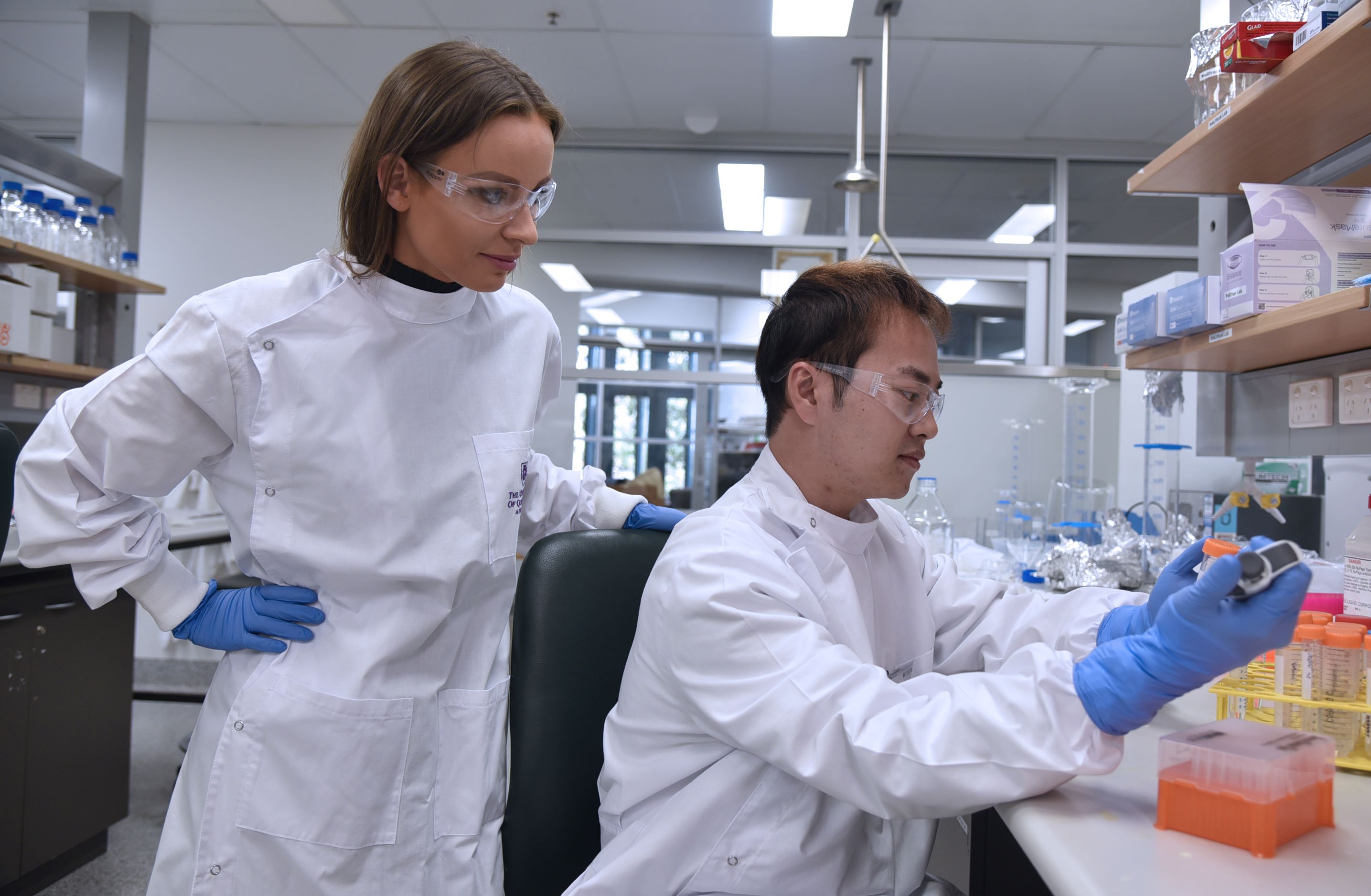
The other thing is that conventional drugs are toxic. If you are just injecting them in the blood, they will go everywhere, and patients get a lot of side effects. The severity of these side effects can often be the reason why patient stops treatment and the disease progresses.
Nanomedicine can improve our chances to successfully treat disease and reduce the side effects of the medicines because now those firefighters are where they need to be instead of destroying healthy tissue.
Nanomedicine is often described as a fledgling area of health science. How has this field changed in your time as a researcher?
A lot of my early ideas around cancer came as the hype around nanotechnology was really building. I really started looking at nanomedicine in 2010 but actually, it was in 1995 when the first nanoparticle was approved for clinical use.
I spent five years at the Texas Medical Center - the largest in the world - working on synthetic nanoparticles. It was very translational but when it comes to synthetic nanoparticles the manufacturing is complex and tightly regulated.
Instead of trying to build everything ourselves, can we use what evolution has already generated and optimised in the body, such as biological nanoparticles? For several years, when I was working as a group leader at the Mayo Clinic in Florida (another hospital in the United States), I focused on using biological nanoparticles to treat disease. Instead of building nanoparticles ourselves, my research group collected what evolution had already optimised, and further engineered the nanoparticles as medicines.
So these biological nanoparticles… are essentially a set of instructions?
Biological nanoparticles, such as, extracellular vesicles are text messages that cells use to communicate. These biological nanoparticles are produced by every cell in our body, and contain a set of instructions to reach the right recipient. Because every organ and cell in the body is in close contact with the blood, all types of extracellular vesicles can be found in the blood. My research program uses blood from healthy donors as a large library of extracellular vesicles, or biological nanoparticles, each with a unique set of instructions (molecular coding) to reach a specific location in the body.
The idea is to find the right extracellular vesicles that can go to an intended place in the body and then to engineer them as medicines.
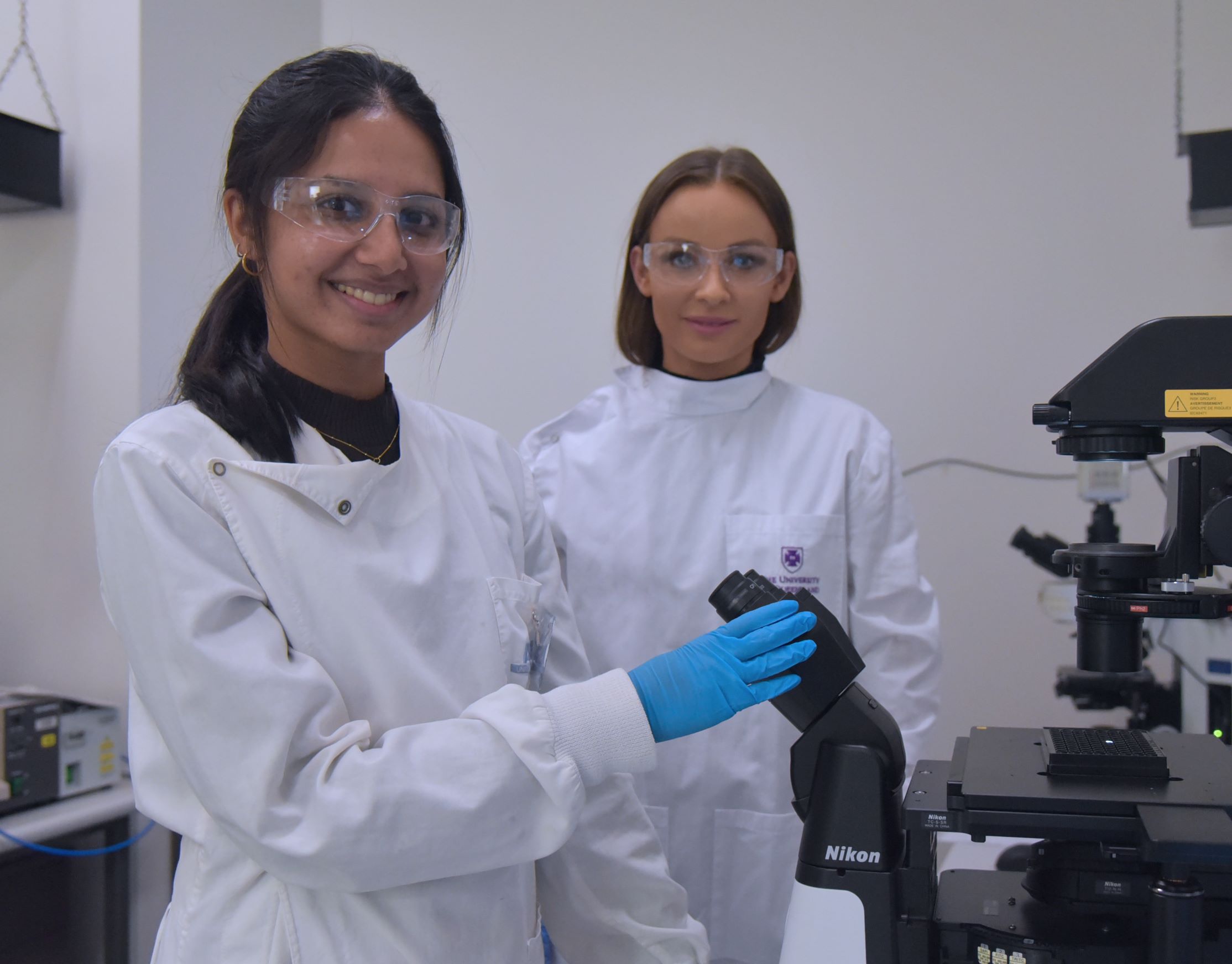
For example: We can take donor blood and use our large-scale manufacturing processes to obtain the extracellular vesicles - and then divide them into subgroups based on the molecular characteristics. We can then select the subgroup that is the most relevant for the disease that we are trying to target.
In the case of cardiovascular disease, the idea is to select extracellular vesicle subgroups collected from donor blood that contain directions to go to the heart. We can then load these extracellular vesicles with medicine that is specifically delivered to the heart, resulting in better therapeutic effects and less side effects. Extracellular vesicles can also have intrinsic therapeutic properties, such as anti-inflammatory properties, which can be used to treat cardiovascular inflammation.
How did you come to be working here in Queensland?
Before coming to Australia, I was actually planning to move back to Europe, but then Professor Alan Rowan and Professor Justin Cooper-White convinced me to come here instead. Once we started chatting, it really seemed like this was the best option.
The joint position I have got at the AIBN and the School of Chemical Engineering is really great because we can focus on the nanotechnology here at the AIBN, and cell therapy over at the School of Chemical Engineering .
This arrangement combines know-how of cell therapy and cellular manufacturing, with nanotechnology.
The nanoscale is so small that a number of additional challenges present themselves. It is possible for something to have one set of properties on the nano scale but have completely different properties at a larger scale. You need an institute like the AIBN that can tackle things like… being able to see and measure particles that are so small.
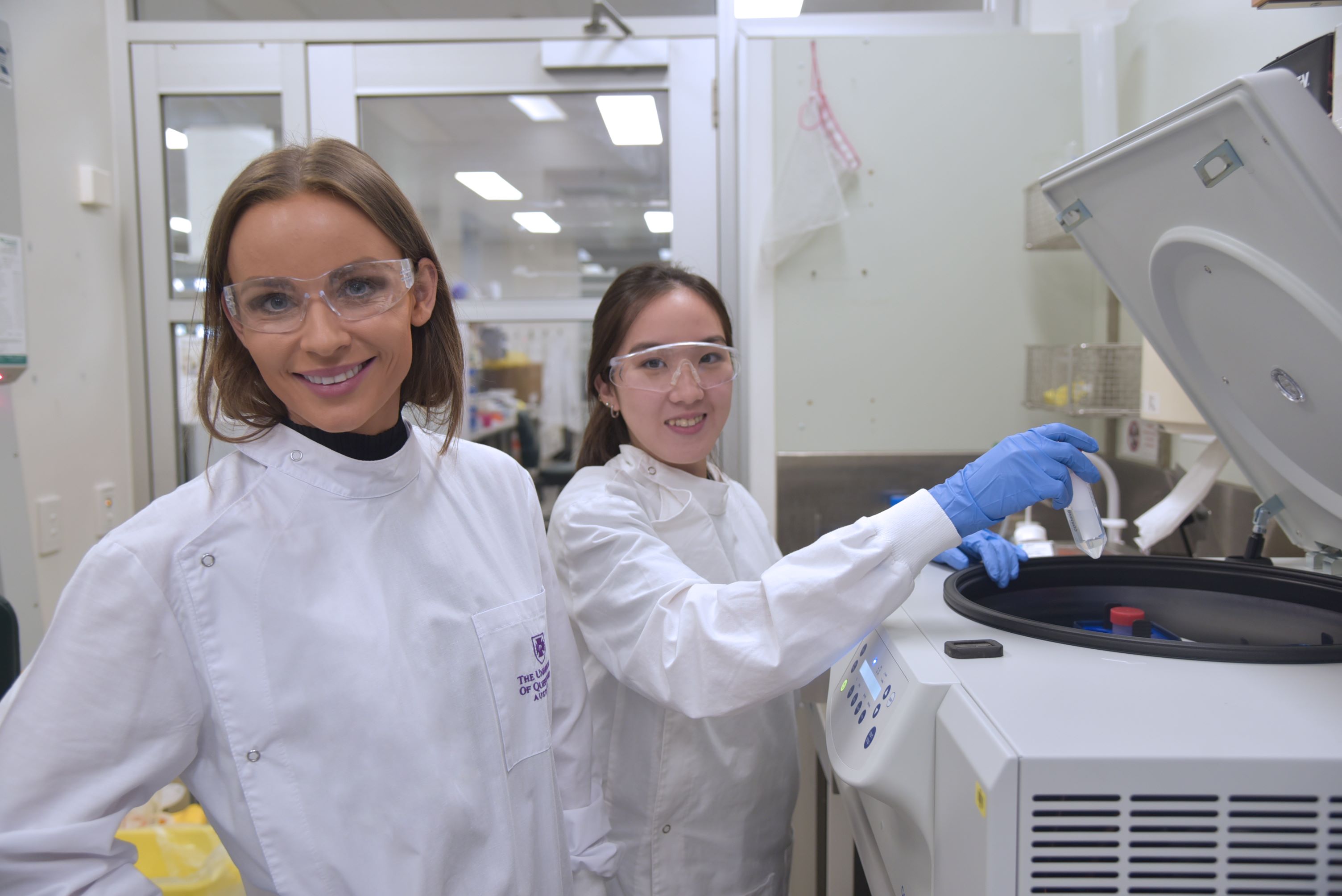
The combined expertise and infrastructure at the AIBN and the School of Chemical Engineering are complimentary and ideal for generating new solutions to pressing health problems.
As someone who has come here from abroad, what do you see as the main strength of this country when it comes to research?
As well as working in the United States for over a decade, I did my PhD in China. Both are huge countries with large medical and scientific communities. Here in Australia, it may be a smaller community, but this means it is easier to make connections and everyone is working together to build national capacity. That is, the medical and scientific communities in Australia are focused on not relying on other countries for therapeutic agents in the future. Instead, we are focusing on building national capacity together.
You get a sense of everyone working together to build that capacity, for example, in cell therapy manufacturing, which includes cell-derived products, such as, extracellular vesicles.
Another great feature about Australia is unique animals, such as spiders, some of which have peptides that are therapeutically relevant. The problem with peptides is that it is challenging to get a peptide inside a cell. Disease-causing pathways are usually activated inside the cell, making it necessary for medicines to get inside cells. By putting therapeutic peptides into extracellular vesicles, this helps them go to the right place in the body, but also get inside cells.
Joy, if we were sitting down and having the same conversation in five years’ time, what would we be talking about?
Here’s what I would hope.
For conventional therapeutic agents, the average time to get approval is 12 years. That cost billions of dollars, and the success rate is very low. So obviously, the odds are very much against us. Of course, we do not give up because there are so many success stories, so we always must strive to help the patients in the end.
I am always thinking about clinical translation. In the next five years, it would be excellent to have the manufacturing pipeline sorted out so we can produce a lot of these extracellular vesicles to get them ready for the clinic. The ultimate goal is to get this into a human clinical trial, and eventually help patients with life-threatening diseases.


